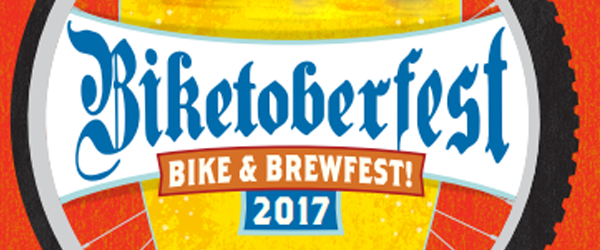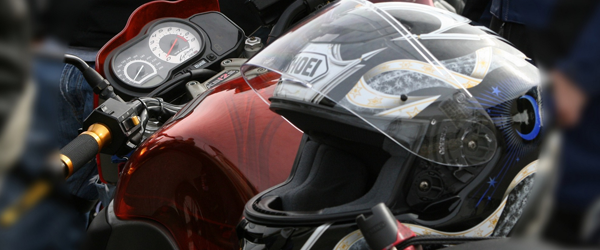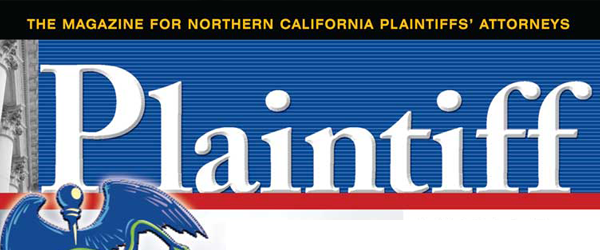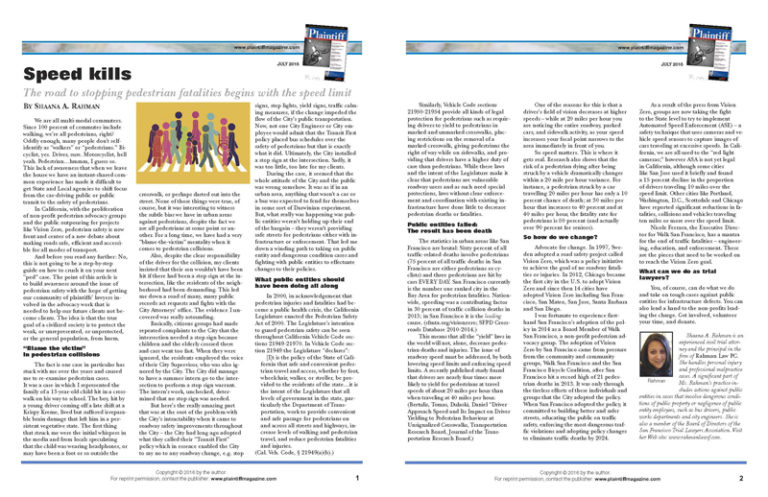 It takes a long time for data to be compiled and released. In March of 2017, the National Highway Traffic Safety Administration’s National Center for Statistics and Analysis released their data from 2015 with comparisons going back to 2006. By gathering data over the years, the statistical team has sought to find patterns: is there a most fatal time of day for bicycle accidents with motor vehicles, or perhaps a demographic most likely to be in a fatal bicycle accident?
It takes a long time for data to be compiled and released. In March of 2017, the National Highway Traffic Safety Administration’s National Center for Statistics and Analysis released their data from 2015 with comparisons going back to 2006. By gathering data over the years, the statistical team has sought to find patterns: is there a most fatal time of day for bicycle accidents with motor vehicles, or perhaps a demographic most likely to be in a fatal bicycle accident?
There is a difference between causality and correlation: a demographic might be found in a pattern but that in no way points to an immediate cause. Something we talk about frequently is the immediate blame placed on pedestrians, pedalcyclists, and motorcyclists when an accident occurs; we blame the victim. When a bicycle accident is fatal, the victim has lost their ability to speak which is one of many important reasons why they should not be immediately placed in the wrong. All avenues must be explored. So when a demographic is found to correlate to fatal bicycle accidents, we must explore that, too.
So, is your demographic most likely to be in a fatal bicycle accident?
Gender
Gender can rule out roughly half of the population. Men are more likely to be killed in a bicycle collision involving a motor vehicle than women and it’s a fairly significant difference (4.40% men v. 0.74% women). Men were also much more likely to be involved in a bicycle collision with a motor vehicle resulting in an injury without a fatality (229% men v. 54% women).
Age
Both men and women shared their top-tier category for the age with the highest number of fatal bicycle accidents (ages 55-59, 92m/16w) while men had their second-tier follow in age (50-54, 87), women were not as significant in difference for their second-tier apart from their third-tier (65-69, 13; 50-54, 12; 20-24, 12). Women also have the most reported bicycle accidents with injuries (not fatal) at 20-24 years of age. Men in their 50s and women in their early 20s or late 50s are all in the demographic that appears to be significant for bicycle accidents involving motor vehicles.
Region
As bicycle accident attorneys, we have offices in Paso Robles and San Francisco, California assisting with bicycle accident and personal injury cases. California was the first in the nation for pedestrian and bicycle fatalities for the longest time (as advocates to reduce those numbers, it felt like an eternity). Per the Traffic Safety Facts report, California is now second in the nation to Florida. It is a big win for our state as we have a larger population. In 2015, Florida had 150 pedalcyclist fatalities while California had 129. For other readers trying to determine if they are in an at-risk demographic, these are the only two states to have more than 100 fatalities in 2015. Texas is the third highest with 50 fatal bicycle accidents. Alaska, Idaho, Maine, Rhode Island, and Wyoming are the safest states for cyclists with none (and that is the list we really want California to be on!).
So why California, Florida, and Texas? The areas with the highest bicycle injury and fatality rates are the urban areas. The National Highway Traffic Safety Administration has compiled city data and the cities with the highest resident populations are most often the ones with the highest total bicycle fatalities. The total fatal traffic accidents of San Francisco including fatal bicycle accidents and fatal motor vehicle collisions with pedestrian made up over 10% of the entire country’s traffic fatalities for the year. Other urban regions with dense populations and high cyclist fatality rates here in California include Los Angeles, San Diego, and San Jose. Los Angeles, CA was the city with the most fatal bicycle accidents in 2015; New York, NY, was second.
Ride Safe
![]() If you would like to read more about the demographics collected by the National Highway Traffic Safety Administration, you can download their Bicyclists and Other Cyclists Traffic Safety Facts report here. But knowing that your demographic is more or less likely to be in a fatal bicycle accident is not the end of safety precautions when riding. We want you to ride safe each and every time you go out there and that means proper gear, visibility, and knowing the rules of the road.
If you would like to read more about the demographics collected by the National Highway Traffic Safety Administration, you can download their Bicyclists and Other Cyclists Traffic Safety Facts report here. But knowing that your demographic is more or less likely to be in a fatal bicycle accident is not the end of safety precautions when riding. We want you to ride safe each and every time you go out there and that means proper gear, visibility, and knowing the rules of the road.
Download our free Ride Safe brochure here or pick one up the next time you see as at an event.

 San Francisco, CA — (ReleaseWire) — 10/14/2017 –Rahman Law PC announces the cancellation of their exhibit at Biketoberfest Marin on October 14, 2017 held in Fairfax, California. The Air Quality Index (AQI) reached an unhealthy 165 at 10:00 the morning of the event and was therefore cancelled by event coordinators Marin County Bicycle Coalition and Access4Bikes for health concerns. Biketoberfest Marin is a handmade bike show and brewfest event hosted by and benefiting the Marin County Bicycle Coalition and Access4Bikes inclusive of all varieties of cycling enthusiasts drawing over 5,000 attendees. This would have been Rahman Law PC’s eighth year supporting the event.
San Francisco, CA — (ReleaseWire) — 10/14/2017 –Rahman Law PC announces the cancellation of their exhibit at Biketoberfest Marin on October 14, 2017 held in Fairfax, California. The Air Quality Index (AQI) reached an unhealthy 165 at 10:00 the morning of the event and was therefore cancelled by event coordinators Marin County Bicycle Coalition and Access4Bikes for health concerns. Biketoberfest Marin is a handmade bike show and brewfest event hosted by and benefiting the Marin County Bicycle Coalition and Access4Bikes inclusive of all varieties of cycling enthusiasts drawing over 5,000 attendees. This would have been Rahman Law PC’s eighth year supporting the event. Back-to-School is a busy season for students and parents, but after the initial excitement starts to settle sometimes the tension boils over between students and we unfortunately begin to see the rise in physical and sexual assaults of students by other students while at school. We all want what is best for the children in our care and physical and sexual assaults should never be tolerated. When something more than pride is damaged, the assaulter, his/her parents, and the supervising teachers, school officials, school employees, and even the school district may be responsible. It is necessary to evaluate the situation which is why it is best to speak to a personal injury lawyer as soon as possible.
Back-to-School is a busy season for students and parents, but after the initial excitement starts to settle sometimes the tension boils over between students and we unfortunately begin to see the rise in physical and sexual assaults of students by other students while at school. We all want what is best for the children in our care and physical and sexual assaults should never be tolerated. When something more than pride is damaged, the assaulter, his/her parents, and the supervising teachers, school officials, school employees, and even the school district may be responsible. It is necessary to evaluate the situation which is why it is best to speak to a personal injury lawyer as soon as possible. San Francisco, CA — (
San Francisco, CA — (
 Last month, Assemblyman David Chiu said what I’ve been saying for some time now:
Last month, Assemblyman David Chiu said what I’ve been saying for some time now:

